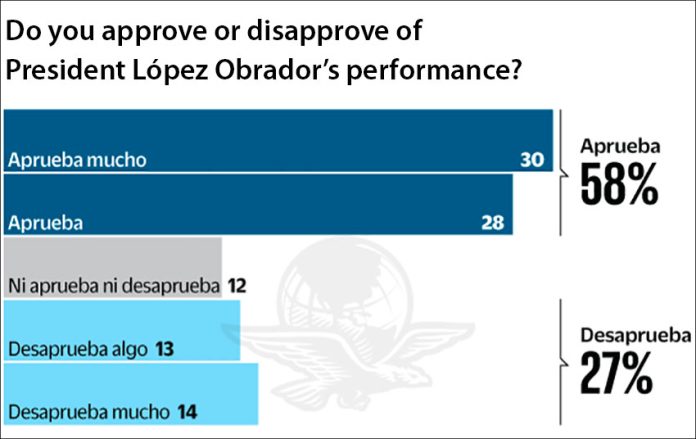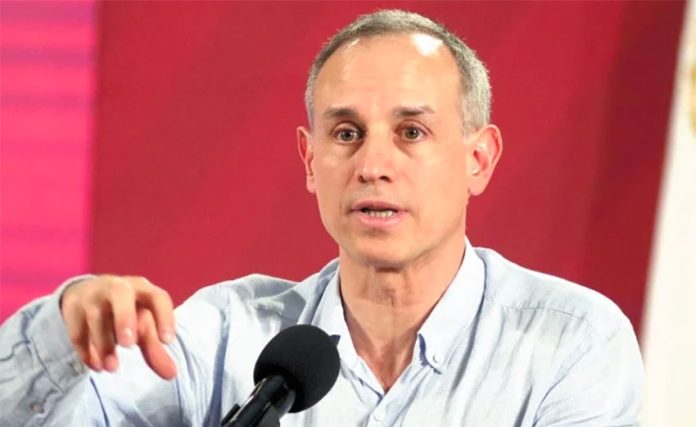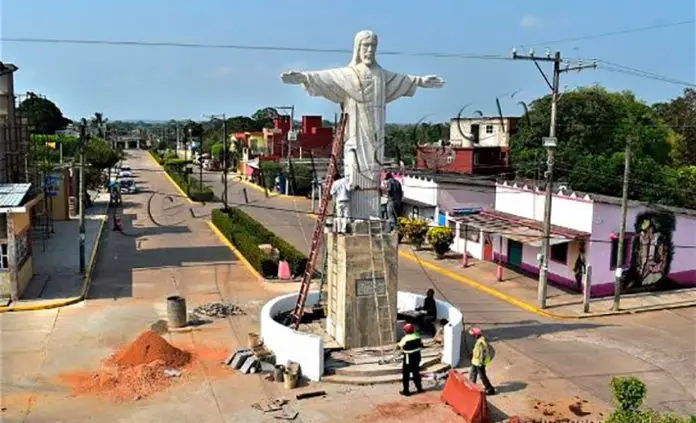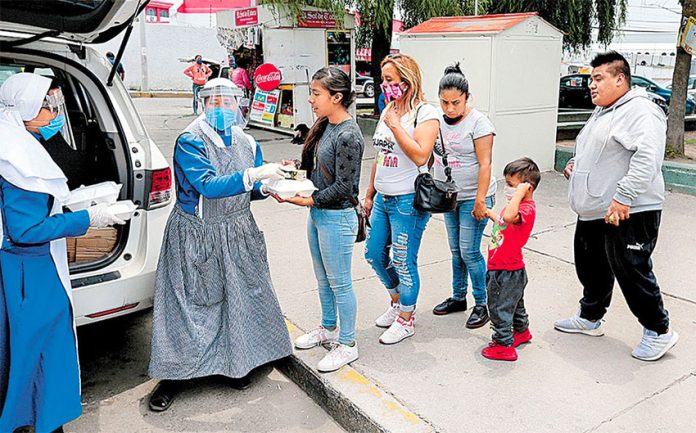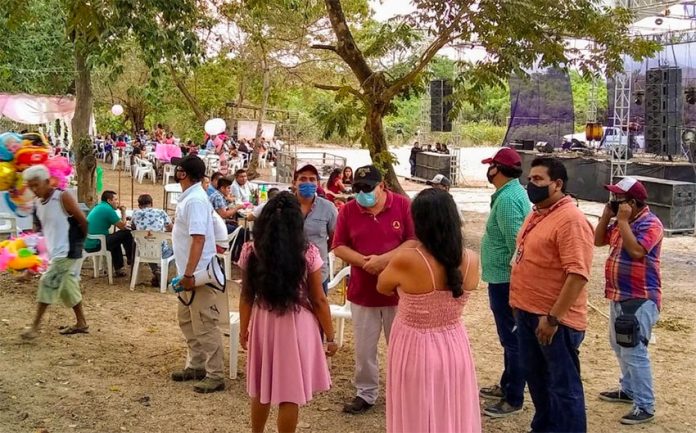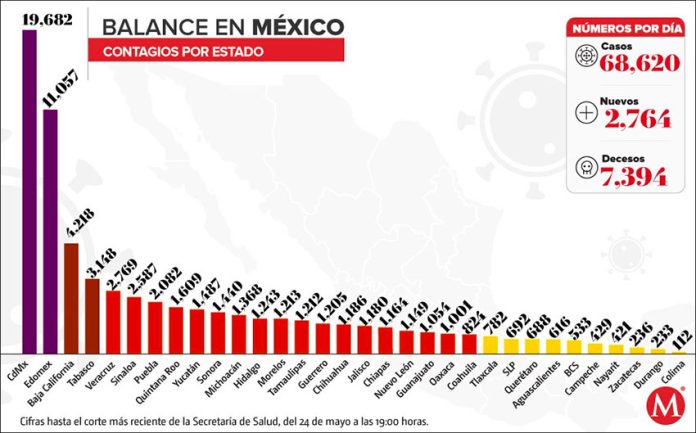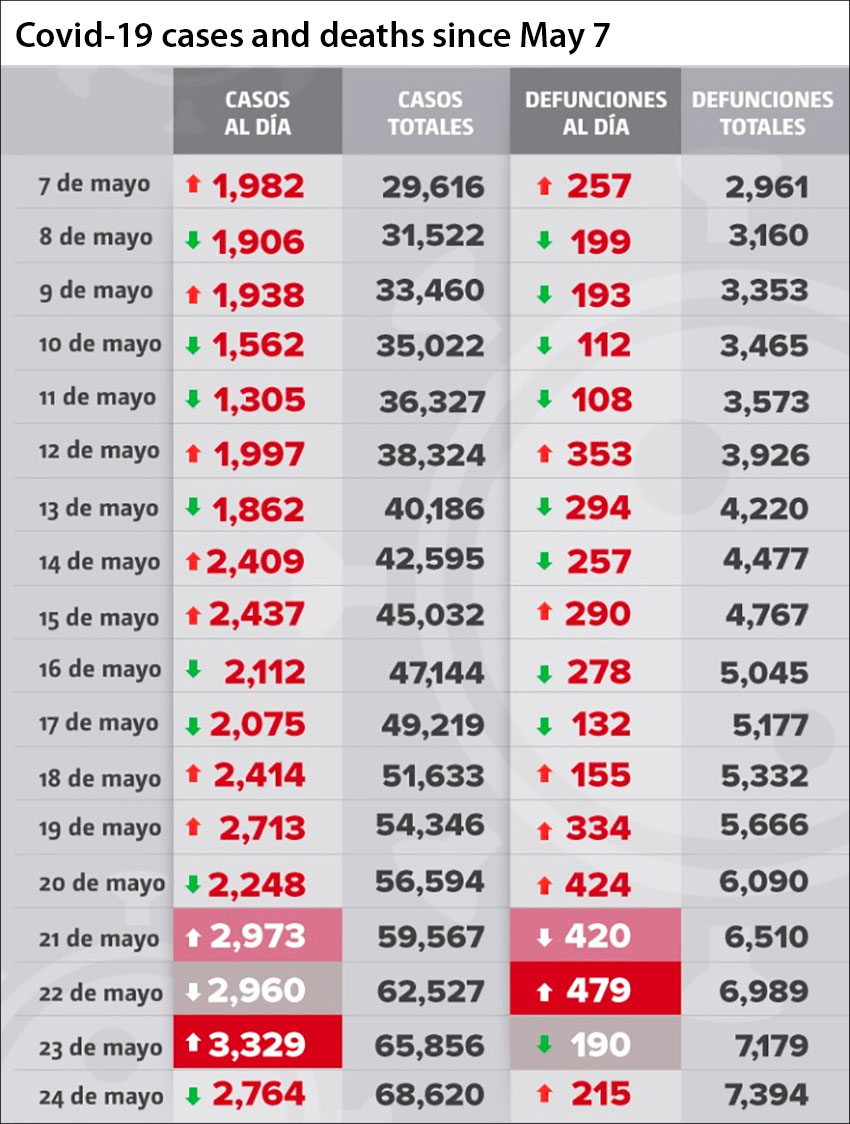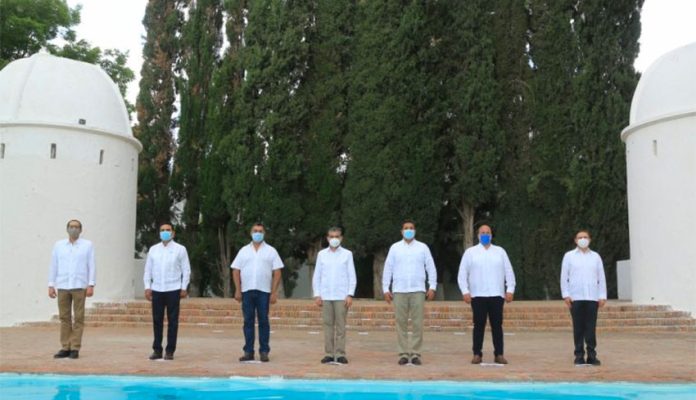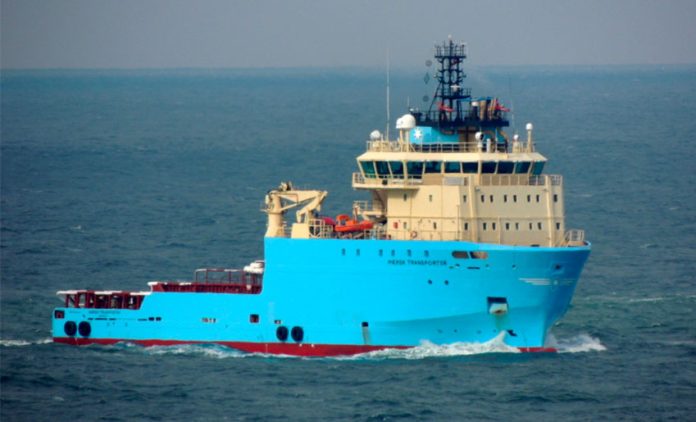There are more than two Mexicans who approve of Andrés Manuel López Obrador’s performance as president for every one who doesn’t, a new poll shows.
Conducted by the polling company Buendía y Laredo between May 15 and 21 for the newspaper El Universal, the poll found that 58% of 1,000 Mexican adults approved or strongly approved of López Obrador’s performance.
In contrast, 27% of those polled strongly or somewhat disapproved of his performance. Another 12% said that they neither approved nor disapproved of the way AMLO, as the president is commonly known, is performing his duties.
The poll yielded an even better result for the president in terms of his management of the coronavirus crisis, with 65% of respondents saying that he has done a very good or good job in confronting the pandemic.
However, the percentage of people who viewed AMLO’s response to the pandemic in a favorable light is eight points lower than a month ago.
Still, it is almost two and a half times higher than the 27% of respondents who said that the president’s management of the Covid-19 crisis has been very bad or bad.
Among those who took a favorable view of López Obrador’s management of the crisis, the preventative measures implemented by the federal government to stop the spread of Covid-19, such as the suspension of all nonessential economic activities, were the most popular aspect of his response, with 17% of respondents saying he has done a good job in the area.
Sixteen percent said that the president has done a good job promoting social distancing measures, 13% said that he has performed well in controlling the situation, 11% applauded his provision of financial support to people affected by the coronavirus-induced economic downturn, 8% praised his efforts to keep people informed about the crisis and 7% commended him for following the advice of experts.
Among those who were critical of López Obrador’s coronavirus response, 20% said that he failed to take the pandemic seriously, 17% said that he didn’t implement mitigation measures soon enough, 13% were critical of the lack of financial support for affected people, 11% expressed anger that the government restrictions caused a loss of jobs and 10% said that the president has not provided correct information to the public.
Referring to federal government officials more broadly, only 20% of respondents believe that they always tell the truth about the coronavirus situation, 20% said they never tell the truth and 56% said that they are truthful some of the time.
Almost half of respondents – 47% – said they believed Mexico is currently going through the worst phase of the pandemic, 39% said the worst is still to come and only 11% thought the worst has already passed.
Six in 10 of those polled said that AMLO has taken very good or good decisions with regard to reopening the economy, although support for his work in the area declined 17% compared to a month ago.
Although authorities have given the green light for more economic activities to resume June 1, 64% of poll respondents said that staying at home to reduce new coronavirus infections should be prioritized at this time over reopening the economy.
The poll found a clear majority in favor of the continuation of coronavirus mitigation measures even though almost one in two respondents – 48% – said that their personal economic situation had deteriorated compared to six months ago. In contrast, only 3% said that it had improved.
About one in five respondents said that they are equally as bad off now as six months ago, while 27% said that they are equally as well off.
Asked to offer an opinion about how long it will take for the economy to recover from the sharp downtown caused by the coronavirus crisis, 37% said less than a year; 39% estimated between one and two years; 9% predicted between two and three years; 3% suggested more than three years; and 3% concluded that it would never recover.
Analysts and financial institutions are forecasting a deep recession for the Mexican economy in 2020, and millions of Mexicans are predicted to be pushed into poverty as a result.
Source: El Universal (sp)
